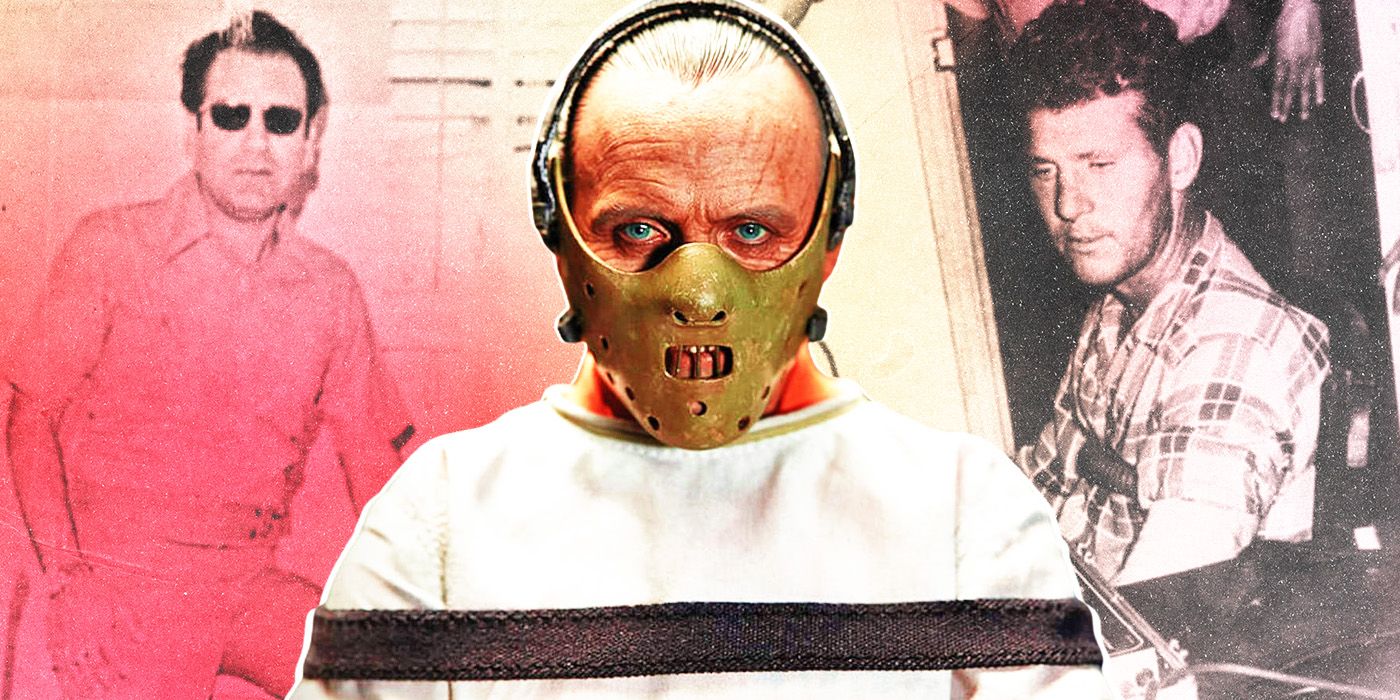
Hannibal Lecter, a character from the 1981 novel “Red Dragon,” is recognized as one of cinema’s most chilling and legendary villains. He achieved global fame following Anthony Hopkins’ haunting performance in the 1991 film, where he portrayed the doctor with a twisted mind and sinister actions. The combination of his sociopathic traits and cannibalistic habits made him unsettlingly captivating to audiences for decades. This memorable role won Hopkins an Oscar and elevated “The Silence of the Lambs” to the ranks of the best horror movies ever made.
The film’s dedication to realism and captivating character development may lead some viewers to ponder: Could Hannibal Lecter be a genuine person? In fact, the character isn’t an actual individual, but like many works of fiction, his creator found inspiration in reality — specifically, a real-life murderous physician. The books featuring Hannibal Lecter by Thomas Harris served as a chilling depiction of life imitating art, much like their numerous film adaptations. From his gruesome actions to his charming demeanor, many aspects of the character leave viewers questioning who inspired Hannibal Lecter’s creation.
Who Was Hannibal Lecter Based On?
Hannibal Was Inspired by the Real-Life Serial Killer Alfredo Ballí Treviño
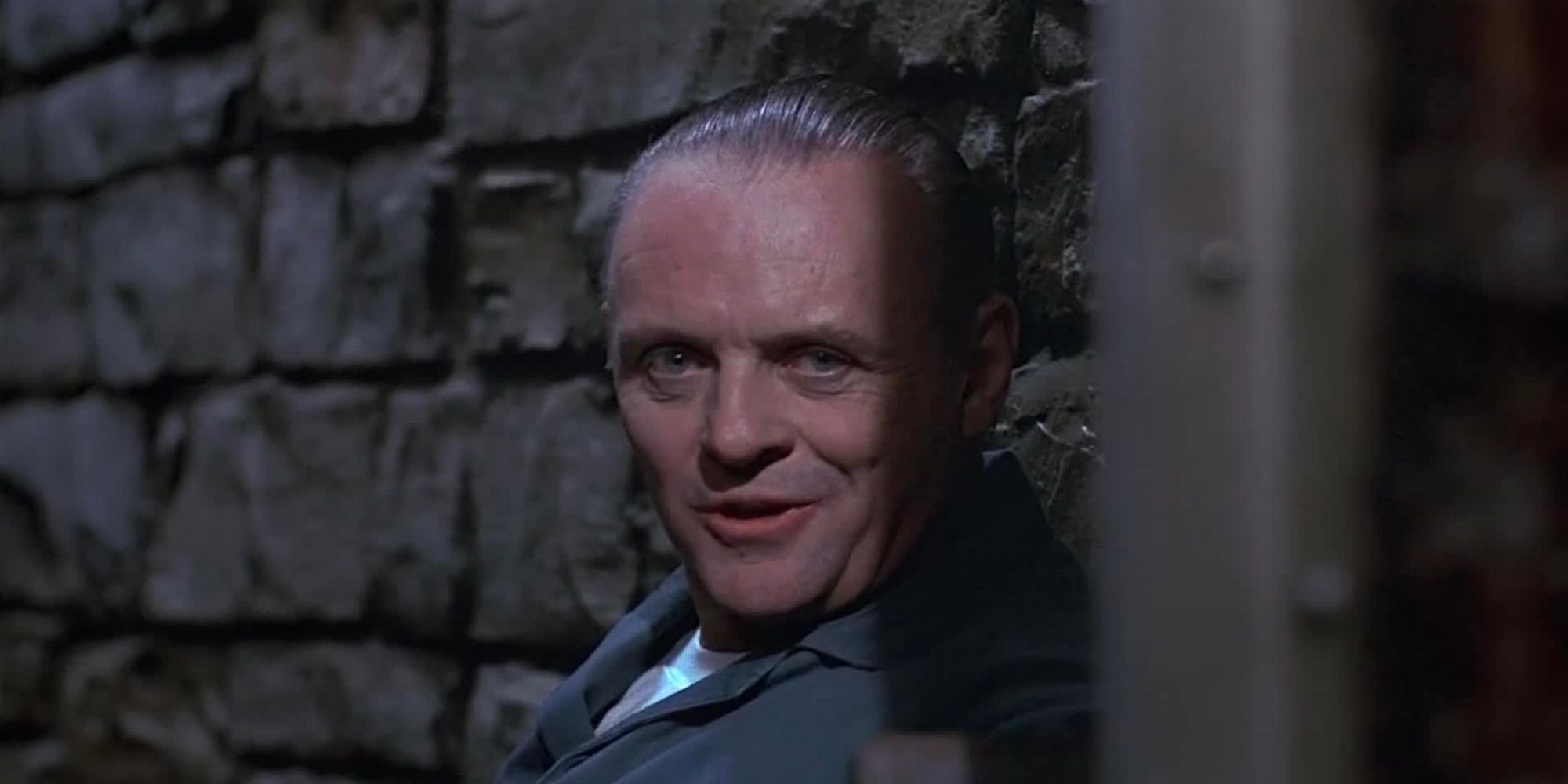
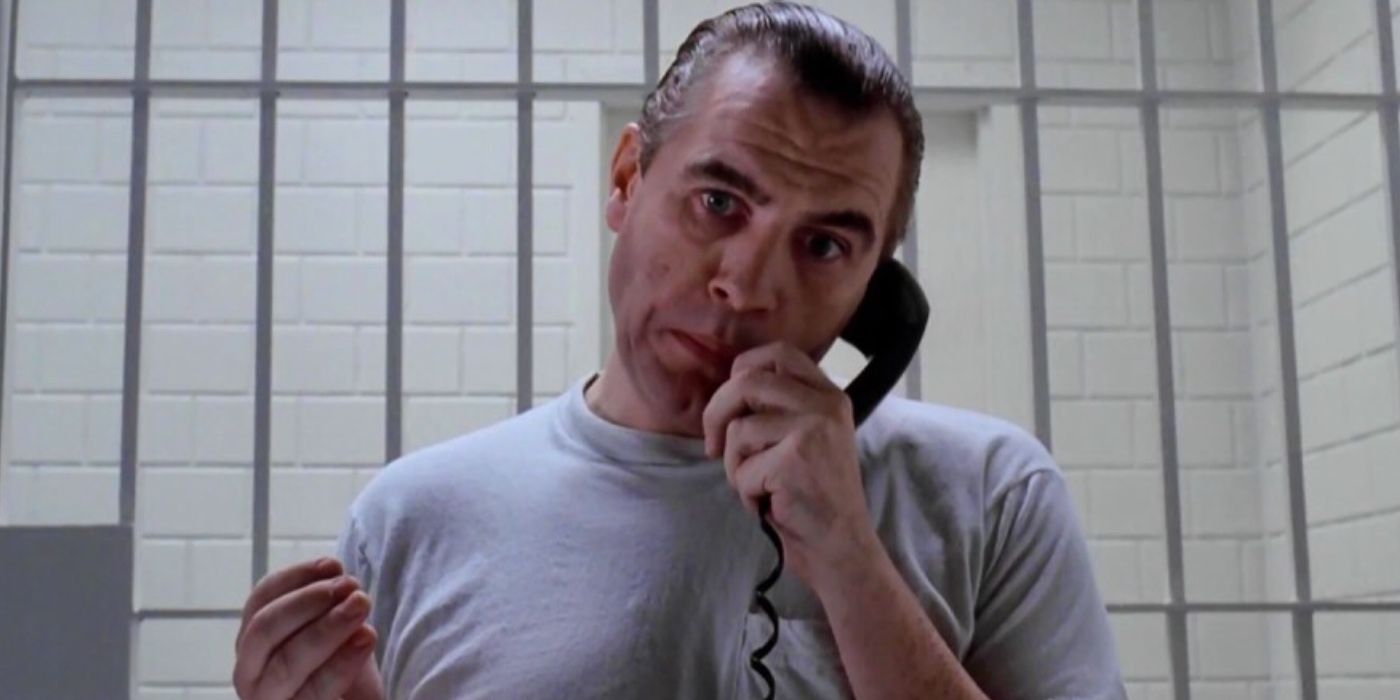
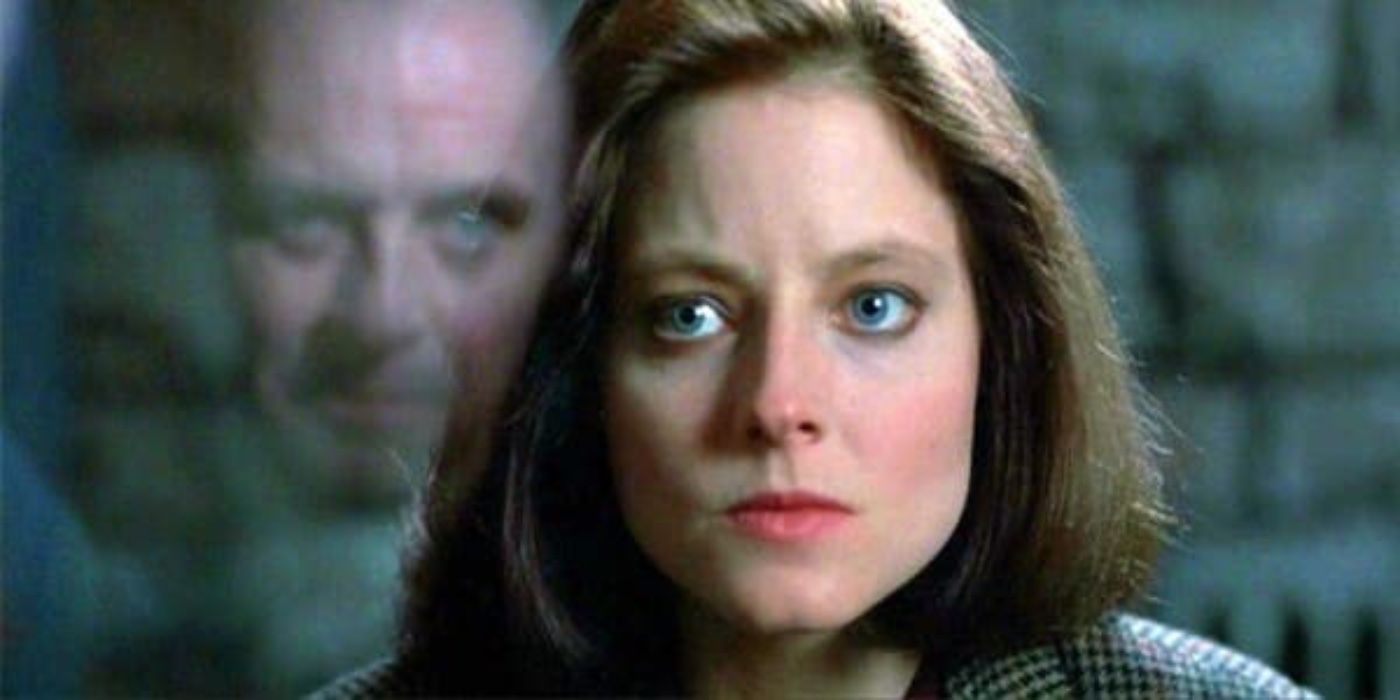
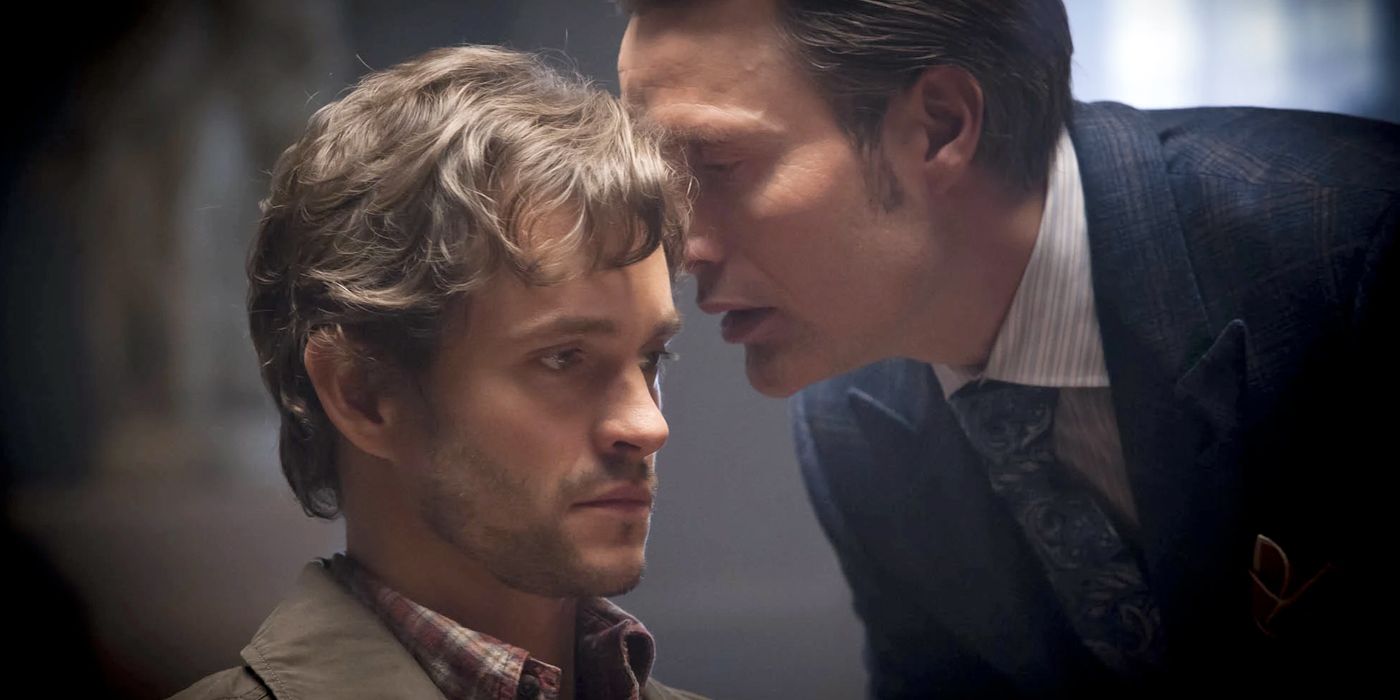
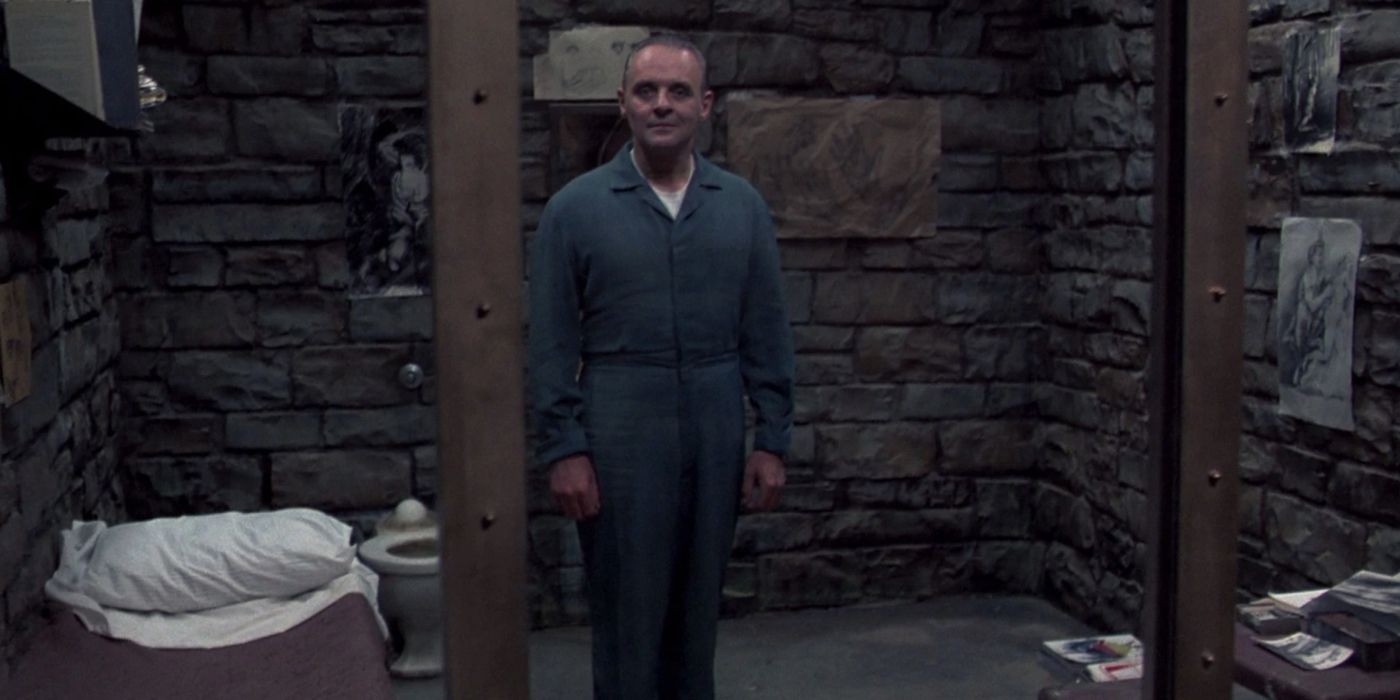
Many portrayals of characters in literature are entirely fabricated. For example, the name Hannibal has a connection to cannibalism due to its rhyme, symbolizing his propensity for consuming his victims. Therefore, he is often depicted as being confined and wearing a mask; the movie adaptation of “The Silence of the Lambs” further develops this with a tale about how he assaulted and disfigured a nurse who came too close. Today, the “Hannibal Lecter mask” is a staple in Halloween costumes worldwide. Similarly, Hannibal’s name translates to “grace of Baal,” alluding to an ancient pagan deity. Thomas Harris’s novels intentionally emphasize Hannibal’s larger-than-life characteristics, such as giving him extra fingers and describing his eyes as fiery red.
In the TV series “Hannibal,” Mads Mikkelsen’s character is reminiscent, or perhaps even modeled after, none other than the devil himself, as suggested by producer Bryan Fuller. The actor aimed to distance himself from the realistic depictions of Lecter by previous actors like Hopkins, instead finding inspiration in the literal realm of hell. This dark influence is evident not only in Hannibal’s clever manipulation of Will Graham but also in the way the audience becomes unwittingly involved in his transgressions – for instance, through scenes where he prepares delectable five-star dishes using meats that remain mysteriously unidentified.
As a movie enthusiast, I must admit that the film’s over-the-top nature is partly its charm, but it’s surprising to find out that some aspects of the ruthless killer aren’t purely fictional. In the early 1960s, while working as a journalist, I had an encounter that would later inspire one of cinema’s most chilling characters. During an assignment in Mexico, I interviewed a brutal murderer named Dykes Askew Simmons. However, it was another convict who left a lasting impression on me.
A man I believed to be a prison staff member, whom I referred to as “Dr. Salazar,” exhibited an uncanny understanding of my line of work and asked insightful questions that were eerily reminiscent of a medical professional. His calm demeanor, poised manner, and stillness were captivating, and the ideas he proposed about Simmons’ victims were both intellectually stimulating and grotesquely gruesome. I had no reason to doubt his identity as a prison doctor, and he gave me no reason to question him. It wasn’t until later that I realized “Dr. Salazar” might have been more than just an employee of the penal institution.
Only after Harris posed the question about the warden’s tenure did I uncover the hidden truth: I had mistakenly believed “Salazar” to be a prison staff member, but he was actually Alfredo Ballí Treviño, an inmate and former surgeon. During that era in Mexico’s history, the LGBT community faced harsh persecution, and Treviño, being gay himself, struggled with societal expectations. As the story goes, his efforts to conform infuriated his partner, leading to a violent confrontation. The precise reason for their dispute – be it money or Treviño’s intentions to wed a woman – remained undetermined.
Subsequently, he dismembered the corpse into countless detailed fragments and managed to store them inside a compact container, an unsuccessful ploy to conceal his criminal act. Notably, there were allegations that he had also murdered several hitchhikers in the ’50s and ’60s, although these charges could never be confirmed. After serving 20 years, he was granted clemency and freed around 1980 or 1981. He chose to settle back in Monterrey, his birthplace, where he devoted himself to caring for the ill and elderly, many times without compensation. His life ended from pancreatic cancer in 2008.
How Are Hannibal Lecter and Alfredo Ballí Treviño Similar?
Both Hannibal and Treviño Indicated ´Profound Understanding of the Criminal Mind
While the gruesome manner in which they treated their victims shares a striking similarity between Hannibal Lecter and Treviño, this wasn’t the only aspect that caught Thomas Harris’s attention. Another point of inspiration was that Treviño exhibited remarkable intellect and refined manners, even behind bars, which mirrors his sophisticated demeanor portrayed in ‘The Silence of the Lambs’. Moreover, it is notable that both men were once doctors – Treviño being an accomplished surgeon with surgical precision and skill, while Lecter was a forensic psychologist with unique insights into serial killers, having personal experience.
In my perspective, Harris portrays Treviño much like how Lecter is depicted – both men possess an uncanny understanding of the criminal psyche. This resemblance is strikingly reminiscent of the intellectual sparring between Lecter and Clarice Starling as depicted in ‘Silence of the Lambs’. Additionally, Hopkins’ observation about Lecter’s “stillness” aligns with Harris’s description of Treviño during their interaction.
Above all else, it was probably Treviño’s knack for deceiving Harris that left the most lasting impact. His background allowed him to convincingly portray a hospital employee, and his medical queries likely put the future author at ease. This characteristic is reflected in numerous film portrayals of the character, starting with Hopkins’ Lecter, who is also sought by the FBI for both his clinical knowledge and potential connection to the murderer.
In Brian Cox’s portrayal of Lecter in the 1986 film Manhunter, he appears amicable and unassuming, concealing his grisly deeds; however, Anthony Hopkins is more explicitly sinister. Interestingly, this version of Lecter plays a significant role during the period preceding his capture. In contrast, Mads Mikkelsen’s interpretation of the character in later adaptations remains a respected psychologist, yet those around him are oblivious to his grotesque inclinations. His knack for blending into society undetected amplifies his terror and echoes elements of Harris’s experience with Treviño.
Other Notable Real-Life Serial Killers That Inspired Hannibal Lecter
The Monster of Florence Directly Inspired The Silence of the Lambs
In a different phrasing: Hannibal Lecter wasn’t the only character who drew inspiration from real-life serial killers like Treviño. There was also Albert Fish, a notorious murderer who claimed to have eaten one of his victims. However, it’s hard to verify whether Fish truly practiced cannibalism or if he merely spun such tales. His accounts of cannibalism might be as fictitious as the gruesome acts attributed to Hannibal Lecter.
Back in the ’70s, the chilling tale of the “Monster of Florence” left an indelible mark on me. This moniker refers to a string of murders that took place in the heart of Florence, Italy. The victims were 16 couples – or so it seemed; two male victims were also discovered together, leading some to speculate they were a gay couple, but this remains unconfirmed. The perpetrator’s method was to stalk and then brutally take their lives. In ’94, I found myself standing in Florence, not as a tourist, but as an observer at the trial of Pietro Pacciani, the prime suspect. Though he was eventually convicted, even the prosecutor admitted there was insufficient evidence. In the end, Pacciani walked free – only to meet his fate before another trial could be arranged.
The origin of this concept is connected to the story of Robert John Maudsley, a man who sought to murder pedophiles. He later asserted that his father had abused him, stating that it was this childhood trauma that transformed him into a serial killer who targeted other child molesters. His words were, “If I had killed my parents in 1970, none of these people would have perished.
As a passionate film enthusiast, I’d rephrase it like this: Following my first vigilante act against a child predator, the authorities committed me to a psychiatric facility. There, I encountered another offender and ended his life as well. Subsequently, they sent me to prison, where I carried on my crusade, intending to eliminate seven more inmates but managing only two. Eventually, I was confined to solitary for decades in an impenetrable glass cell – a place that later served as the blueprint for Hannibal Lecter’s infamous cell.
Harris Was Such a Sponge for Information, There Could be Untold Influences on Lecter
Hannibal Is a Composite Character
Despite Harris frequently crediting Treviño with shaping Hannibal Lecter, there’s still some wiggle room regarding other aspects of Hannibal’s narrative. Numerous details appear to align with actual crime cases. Notably, Alonzo Robinson, also known as James Coyner, was a notorious serial killer active in early 20th century Mississippi, close to where Thomas Harris resided. He murdered a couple and removed pieces of flesh from the woman’s body. Later, police found cured strips of human flesh that he had been consuming like jerky upon his arrest for these murders.
Harris was not well-known as a murderer, but what set him apart from others like Robinson was his insatiable curiosity about murder cases. As former FBI agent Bob Ressler observed, Harris would frequently engage FBI agents in discussions about killers, seemingly uninterested while they spoke at length. However, Ressler discovered that Harris had been absorbing all the information shared, as he often found himself quoted in published materials on the very topics they discussed.
In essence, Hannibal Lecter is a fictional character; he was created by combining elements from real murderers, similar to Don Corleone in Mario Puzo’s work. However, the fundamental idea of exploring a killer’s warped psyche stemmed from Thomas Harris’s personal experiences in a Mexican prison. Although it’s unlikely that Treviño actually consumed a victim’s liver with fava beans, his horrific actions undeniably influenced Harris’s character development, which is evident in every portrayal of Lecter since then.
Other Popular Movie Serial Killers Inspired by Real People
From Leatherface to Norman Bates, Iconic Movie Serial Killers Are Influenced by Chilling Real-Life Stories
Hannibal, portrayed in various films and series, is exceptionally unique. His intricate personality and sinister intentions have sparked numerous works of art. Despite Harris drawing inspiration from chilling true-life serial killers to construct Hannibal, the character’s narrative leans more towards fiction than reality. Occasionally, Hannibal’s story strays from the usual fragility associated with real-life serial killers’ minds, which is understandable given that Harris aimed to create an authentic portrayal rather than a realistic one. Conversely, real individuals have served as inspiration for other memorable cinematic serial killers.
One standout instance where popular culture has been influenced by real-life serial killer cases is undeniably the classic horror film “Psycho,” directed by Alfred Hitchcock. This movie introduced the chilling persona of Norman Bates, one of cinema’s most enduring serial killers, whose character was significantly influenced by Ed Gein. Robert Bloch, the author of “Psycho,” found himself captivated by the concept of an apparently ordinary individual succumbing to unthinkable urges for violence and depravity.
Both Norman Bates and Ed Gein shared a disturbing bond with their mothers, which was juxtaposed by the eerie sanctuaries they preserved in memory of their mothers. The traumatic environment that shaped young Norman greatly impacted his modus operandi.
Furthermore, it’s said that Gein kept disturbing mementos from his victims, including fashioning masks and ornaments out of human skin. This unsettling idea was the basis for Leatherface in ‘The Texas Chainsaw Massacre’. Similar to Gein, Leatherface donned masks he crafted from his victims’ skin. Moreover, his deranged family adorned their home with the remnants of past victims as decorations. Although Bates and Leatherface may not be as famous as Hannibal, the actual-life influences behind these two serial killers are more conspicuous. Other notable instances include Don Burnside from ‘The Clovehitch Killer’, modeled after the BTK Killer, and Patrick Bateman in ‘American Psycho’, who was inspired by Robert Chambers and Ted Bundy.
The Silence of the Lambs is now streaming on MGM+.
Read More
- Clash Royale Best Boss Bandit Champion decks
- Clash Royale December 2025: Events, Challenges, Tournaments, and Rewards
- December 18 Will Be A Devastating Day For Stephen Amell Arrow Fans
- Clash Royale Furnace Evolution best decks guide
- Clash Royale Witch Evolution best decks guide
- All Soulframe Founder tiers and rewards
- Mobile Legends X SpongeBob Collab Skins: All MLBB skins, prices and availability
- Now That The Bear Season 4 Is Out, I’m Flashing Back To Sitcom Icons David Alan Grier And Wendi McLendon-Covey Debating Whether It’s Really A Comedy
- Mobile Legends December 2025 Leaks: Upcoming new skins, heroes, events and more
- BLEACH: Soul Resonance: The Complete Combat System Guide and Tips
2025-05-12 03:23